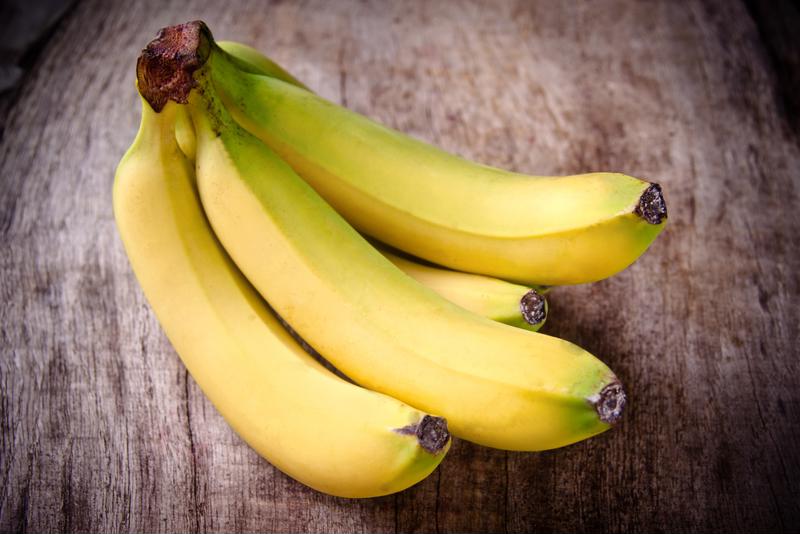The fierce trade market for the world's most popular fruit is facing a disastrous turn of events: The banana as the world knows it is dying.
The Cavendish banana is the eighth most important crop in the world and the fourth most essential in developing countries, according to the Food and Agriculture Organization (FAO) of the United Nations. However, it is dying, and there is little that can be done about it. Fusarium fungus, or Panama disease, is an untreatable ailment that began affecting banana crops in Asia, and has started spreading to other parts of the world. The only way to fight the disease is through quarantine, but so far, any efforts to contain Panama disease have come up fruitless.
"The banana as the world knows it is dying."
The unstoppable spread of Panama disease
The issue is that Cavendish bananas are a monoculture – they do not reproduce sexually. Infection can quickly spread through the genetic clones that comprise global banana crops, and the fruits are defenseless due to the very nature of their existence. The current strain of Panama disease, also called Tropical Race 4, was identified in the 1990s – though its existence was suspected long before – but the industry's reaction was muted. An outbreak that began around two decades ago in Taiwan has made its way to China, Indonesia, Australia, Malaysia and the Middle East. Quarantine efforts have done little to stop the spread. Africa and the Western Hemisphere are likely the next stops on the Panama disease warpath. That means that the catastrophic fungus is inching closer to Latin America, where at least 70 percent of the world's $8.9-billion per year banana export industry is located, according to Quartz.
Though hope for the Cavendish banana is dwindling, the extinction of the fruit, and the massive global trade market that it props up, is not a foregone conclusion. Tropical Race 4 is likely related to Tropical Race 1, which wiped out what was once the world's most popular strain of banana, the Gros Michel. Legend has it the Gros Michel, the forefather to the Cavendish, was tough, had a famous creamy taste and lasted a longer without spoiling. It is generally considered to have been a better product than the Cavendish. Similarly, the Cavendish is considered superior to many other banana strains. It is seedless, has a strong exterior and is productive. It's most significant advantage over the Gros Michel was that it was resistant to Tropical Race 1.
 Today's banana is different than the banana of the early 20th century, and the case will likely be the same for the popular export decades from now.
Today's banana is different than the banana of the early 20th century, and the case will likely be the same for the popular export decades from now.A multi-billion dollar export industry at risk
Over the decades-long spread of Tropical Race 1, the fungus caused the modern equivalent of $18.2 billion worth of damage, Quartz reported. Tropical Race 4 has already produced $400 million worth of damage in the Philippines alone. Unlike its destructive predecessor, the latest strain of the fungus affects more than just the Cavendish – the majority of the world's various banana crops or susceptible to the disease.
With a multi-billion dollar export industry at risk of collapsing, the only hope seems to be to discover an alternative to the Cavendish. The eventual search for an alternative is almost inevitable at this rate. It will have to be a banana that can survive the rigors of distribution without bruising too much, that doesn't contain hard seeds, that is productive enough to satisfy the world's appetite for its favorite fruit and that doesn't sacrifice too much in taste.
The Cavendish is an international staple for street vendors and multinational corporations alike, but within decades it will likely be nothing more than a story people tell their great grandchildren who seem destined to grow up eating an inferior version of the bananas the world enjoys today.